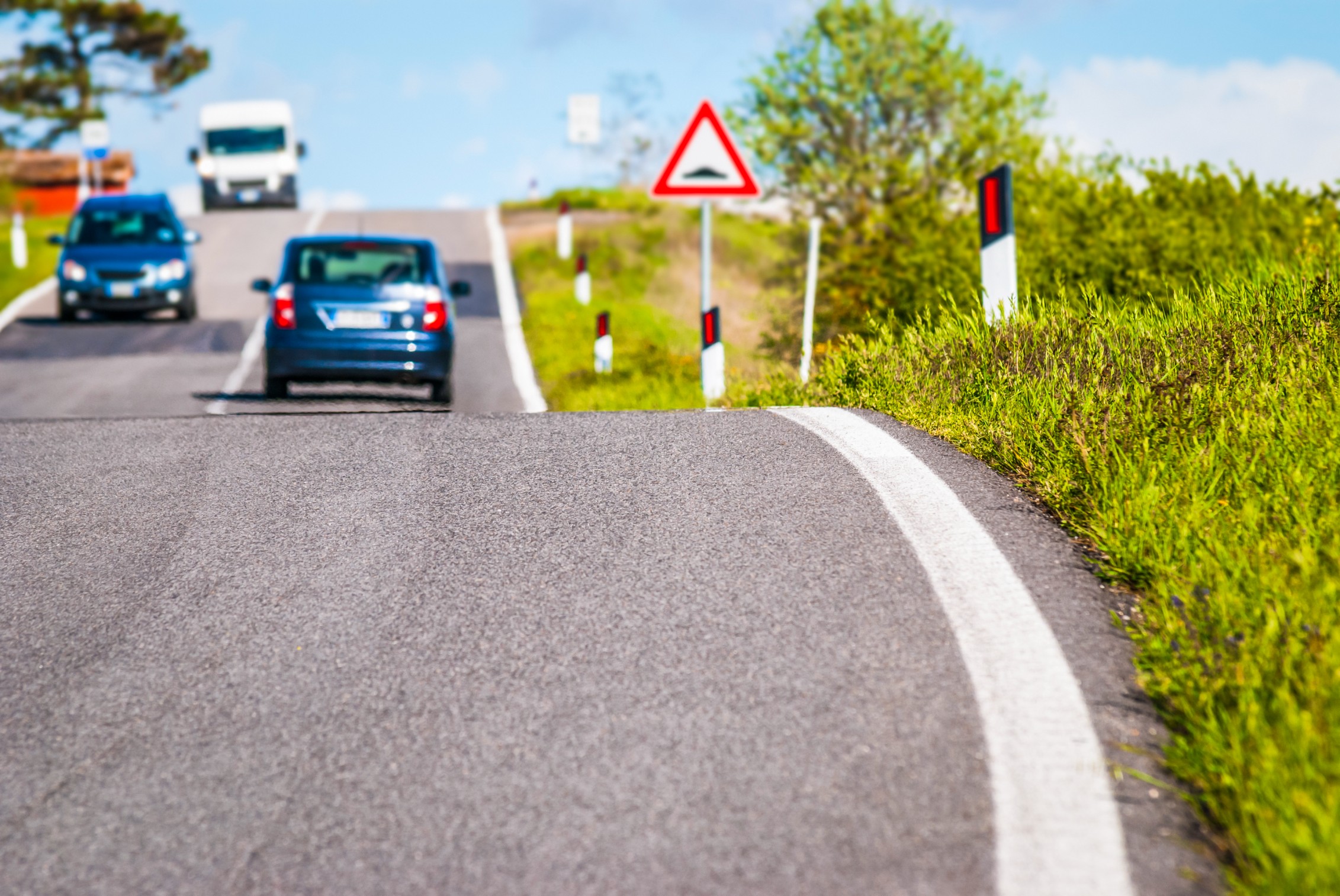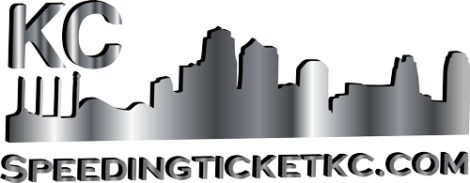How to Establish Liability in Complex Roadside Scenarios – Guest Post

Road accidents might be straightforward in some cases, but sometimes roadside accidents are extremely complex. Identifying who is responsible for the accidents is problematic, especially where there are too many factors and players involved. Sometimes, the blame is not cut and dry. It requires detailed scrutiny of proof, witness testimonies, and specific conditions on the accident that took place. Understanding how to place your party at fault in complicated roadside accidents will guarantee that justice is served, and the responsible party is accountable for their actions.
1. Surveying the Accident Scene
Placing liability in complicated roadside accidents starts with surveying the accident scene itself. This includes documenting where the vehicles are located, road conditions, traffic signs, as well as other information like skid marks or debris. These types of pieces of evidence can provide vital information on how the accident occurred. For example, a driver may be at fault if they went through a red light, disobeyed traffic lights, or failed to yield to others. Road conditions may, at times, also cause the crash, and this may indicate negligence on the part of road maintenance services or local authorities. Fully recording and analyzing the scene is important to proving a solid case of liability.
2. Gathering Witness Testimonies and Expert Testimonies
Witness statements play a major role in determining liability, especially in complex cases of accidents. Eyewitnesses are able to provide significant details about what transpired in the accident, what led to the accident, and whether there was any violation of traffic codes. Where eyewitnesses are not forthcoming, or the accident was not seen by anyone firsthand, expert opinions may be called for. Accident reconstruction experts, for example, can utilize scientific techniques and study car damage and accident conditions to determine fault. Reports from them can serve as solid evidence in favor of the parties’ claims. Reconciliation of witness reports with expert observation assists in putting together a clearer image of what happened and will identify the accountable party.
3. Examining Applicable Traffic Laws and Statutes
Assessing responsibility frequently entails evaluating how traffic statutes and regulations operate within the concrete situation of the accident. By way of illustration, if an individual was running in a zone where school-zone speed limits must be obeyed or breaking any other traffic rule, that individual may be found liable for causing the accident. Similarly, if traffic conditions were bad due to maintenance neglect, then the government or responsible agencies could be held accountable. In a few roadside situations, roadworks, construction sites, or unexpected obstructions might lead to the accident. Here, both the driver and relevant parties (i.e., the construction company or municipality) would have concurrent liability. Reviewing traffic laws and acts that apply to the case in question is one of the primary steps in proving liability.
4. Using Official Reports as Evidence: Crash Reports
For every complex roadside scenario, official accident reports are a central part of the evidence used in determining liability. Finding a Georgia crash report online or one for your area provides detailed information that can help explain the circumstances of an accident in that region. Such reports will typically contain details such as the time of the crash, weather conditions, scene of the crash diagram, and police officer quotes responding to the scene. Based on such reports, parties to an accident can gain critical information about why the accident happened, which might be used to establish liability. Additionally, such reports are legal documents that may be used during court proceedings and insurance claims.
5. Considering Multiple Parties That Contributed to the Accident
In complex roadside accidents, multiple parties are usually involved in contributing to the accident. For instance, if a vehicle malfunctions due to a manufacturing flaw, the manufacturer may be held accountable. Both the driver and manufacturer of the vehicle may be to blame in some cases. Other parties, such as maintenance teams by the roadside, state governments, or construction companies, can be at fault if they fail to provide safe road conditions. Blame in such a case must be determined through a detailed investigation of all involved parties and their actions or negligence that led to the accident. Finding common responsibility may be challenging, but it must be established to make all the parties accountable.
Conclusion
Finding liability in complex roadside accidents is a complicated process, but it must be accomplished to make the parties responsible for accidents accountable. With scene reconstruction, witness interviewing, reading traffic code, employing official collision reports, and considering multiple parties, it can be concluded by creating a more definitive image of events. Whether with a single or multiple parties contributing to the accident, all need to be deeply analyzed.

